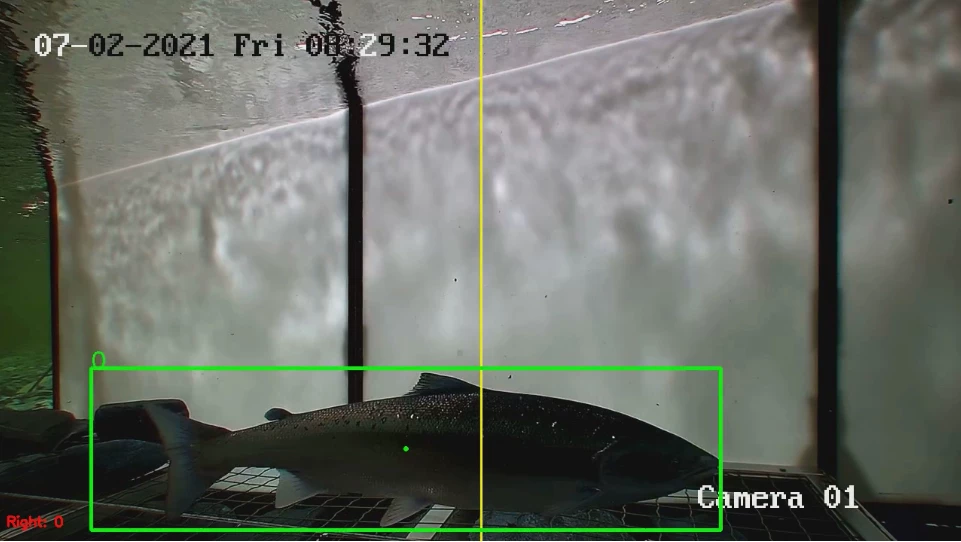After being introduced to Russia's White Sea in the 1950s, non-native Pacific salmon have since spread along Norway's coastline and into its rivers. In an effort to control their numbers, an AI-enabled fish-identifying gate has recently been installed on a Norwegian river.
Besides introducing new diseases to native Atlantic salmon, the invasive Pacific salmon also have a faster reproductive cycle. This means that as their numbers have more quickly increased, they've start outcompeting Atlantic salmon for food and spawning grounds. As a result, the Pacific salmon population is rapidly increasing, while the Atlantic salmon population is declining.
As part of Huawei's TECH4ALL sustainable development program, the Chinese tech company has partnered with Norway's Berlevåg Jeger-og Fiskerforening (BJFF, or Berlevåg Hunter and Fisherman's Association) to do something about the situation.
The effort consists of a mechanical gate placed in an upstream channel of Norway's Storelva River, which fish are funnelled into when swimming upriver from the sea. Real-time video from an underwater camera located in a passage leading to the actual gate is analyzed by an artificially intelligent algorithm, which is able to differentiate between Atlantic and Pacific salmon with an accuracy rate of 91 percent.
If the system determines that a given fish is an Atlantic salmon – or a native Arctic red-spotted salmon – the gate is opened so the fish can proceed up the river. However, if it's identified as a Pacific salmon, the gate remains closed and the fish is diverted into a holding tank for "removal."
The technology is additionally capable of identifying other types of fish, which are presumably also allowed through the gate. Data gathered on all fish species spotted by the system could be used in studies on migratory patterns and local population levels.
"This is a unique innovation, both in Norway and globally," said BJFF President Geir Kristiansen. "With this high-tech solution, we have complete control of the river. Local river managers and local and central administrations along the coast have also shown great interest in the project."
Source: Huawei






